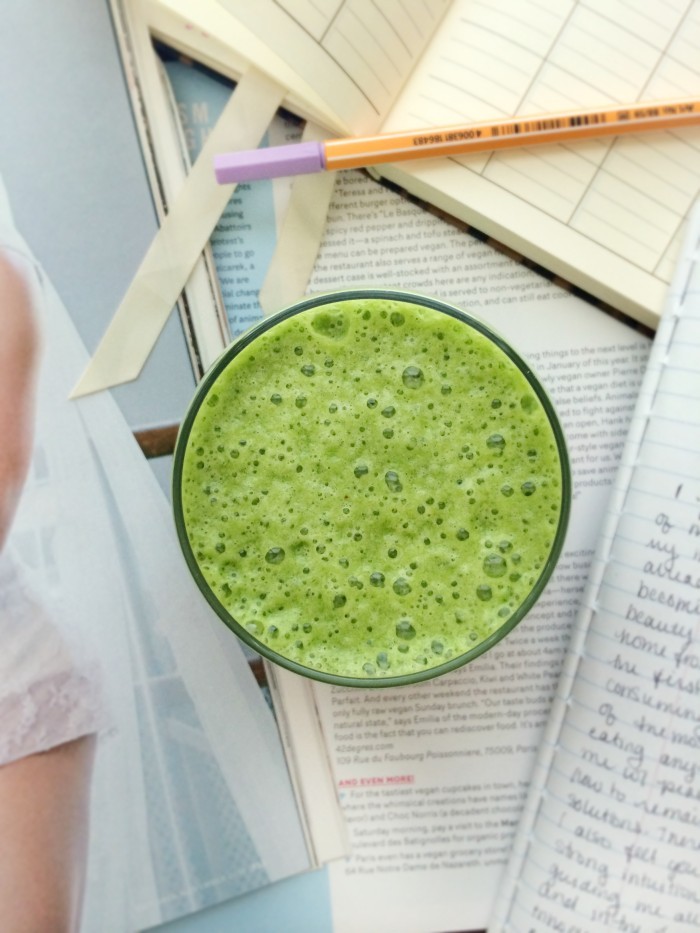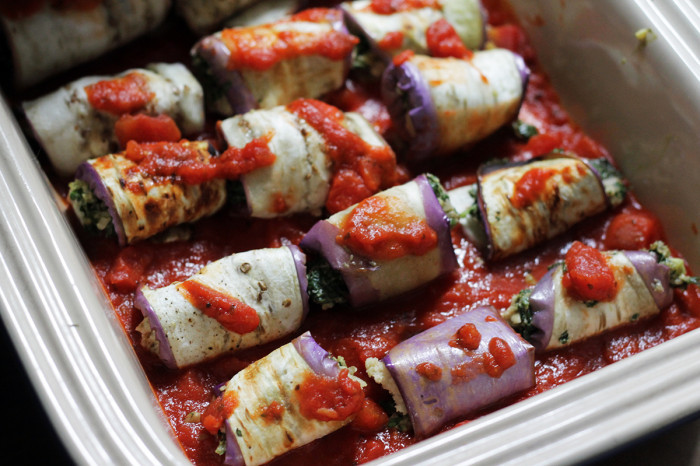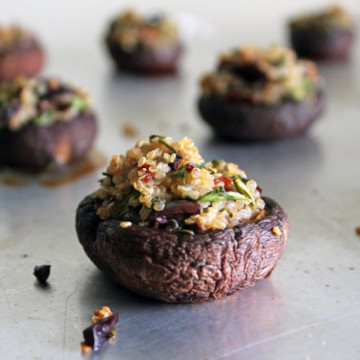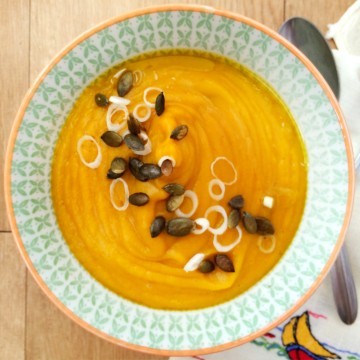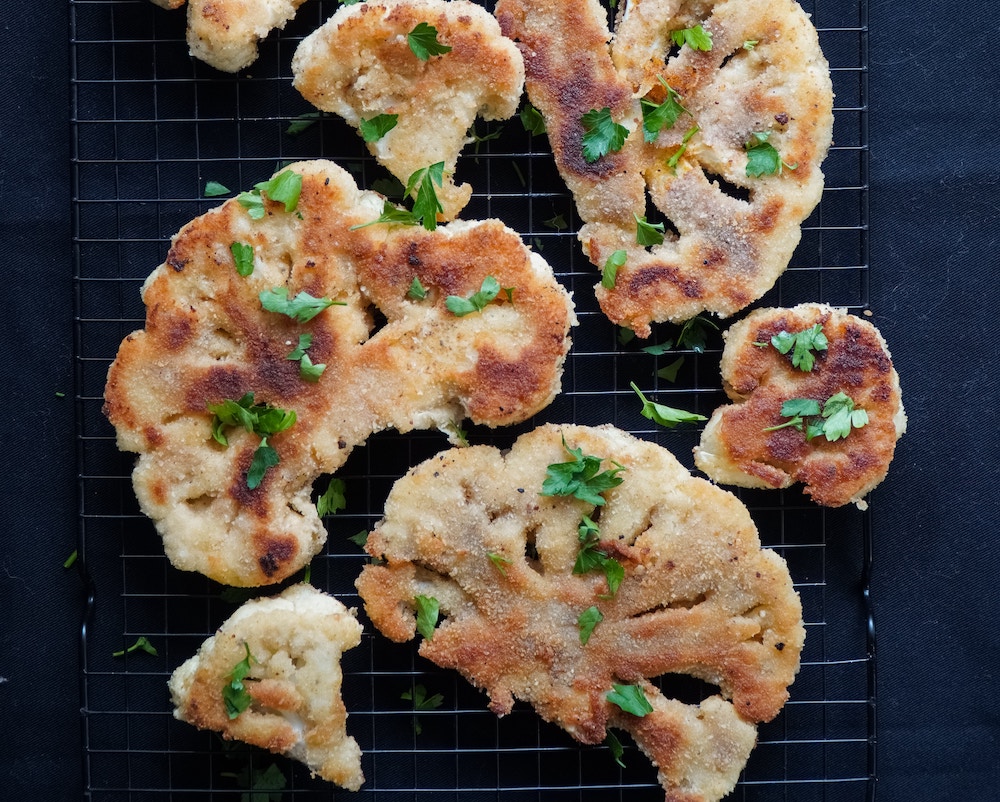If you’ve ever felt ravenously hungry, shaky, and irritable—even after eating just a few hours ago, you may be experiencing low blood sugar. Even if you’re eating regularly, if your diet isn’t rich in whole foods, symptoms of low blood sugar may strike.
What is blood sugar?
Blood sugar, or blood glucose, is the concentration of sugar (in the form of glucose) in your blood. Glucose is the body’s preferred form of fuel, so although the thought of “sugar” sounds bad, glucose plays an important role in your body. By giving energy to your cells, blood glucose helps you function properly. That’s why if your blood sugar is low, you may feel weak and even unwell.
Glucose is released into our system when we consume and digest food. Naturally, there is a spike in blood sugar. The body works to regulate blood sugar; the pancreas releases insulin to carry the sugar to the cells. As the cells receive glucose, the concentration of glucose in the bloodstream becomes closer to normal. Any excess glucose is stored as glycogen in the liver and muscles.
Sometimes the whole process doesn’t work out seamlessly, however, especially if you’ve been eating refined foods and/or if you have a genetic tendency for hypoglycemia. Excess dietary sugar can lead to insulin resistance, a condition in which the body doesn’t respond as well to insulin as it should.
How does food play a role?
The kind of food you eat affects how much—and how quickly—glucose is released into the bloodstream during digestion. Refined sugars and carbs digest the quickest, leading to a sharp spike in blood sugar. If this happens frequently, then the chances for insulin resistance increase. If the insulin doesn’t “get through,” your cells become starved for energy. Prolonged insulin resistance increases the risk of type 2 diabetes.
Eat these foods for balanced blood sugar:
Leafy greens. Greens are packed with fiber and are some of the most nutrient-dense foods at our fingertips. When you receive enough nutrients, you’ll be less likely to reach for empty calories that could throw off your blood sugar. Get into the habit of making green smoothies. They retain all of the plants’ fiber while making it easier to consume more than a salad’s worth of greens. Try this acne fighting green citrus smoothie.
Nuts & Avocados. Nuts and avocados are rich in healthy fats and fiber (there is going to be a fiber theme here). Pairing fats with carbohydrates helps slow the digestion process since fats are harder to break down. Try this Vegan Eggplant Rollatini made with cashew cheese.
Whole, protein-rich grains. Grains and pseudo-grains, like quinoa and amaranth, can satisfy the body’s need for carbs without sending your system into insulin over-drive. Try these Quinoa Stuffed Cremni Mushrooms.
Proteins. Minimally processed vegan protein options, like tempeh, may keep you feeling full for longer. Enjoy your protein with healthy fats and whole-food carbs. Indulge in this Warm French Potato Salad with Tempeh.
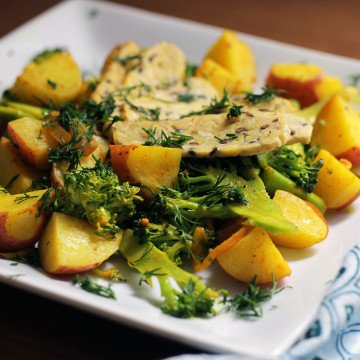 Veggies. Like leafy greens, veggies like red bell peppers, zucchini, and carrots pack a nutritional punch and are a good source of digestion-slowing fiber. Starchy veggies, like sweet potatoes, also provide healthy carbohydrates to replenish your energy and keep you rockin’ and rollin’. Sip this Vegan Sweet Potato Leak Soup.
Veggies. Like leafy greens, veggies like red bell peppers, zucchini, and carrots pack a nutritional punch and are a good source of digestion-slowing fiber. Starchy veggies, like sweet potatoes, also provide healthy carbohydrates to replenish your energy and keep you rockin’ and rollin’. Sip this Vegan Sweet Potato Leak Soup.
Keep up on the latest and get exclusive content just for our subscribers: Subscribe to our Inspirational Newsletter!
More like this: 20 Metabolism Boosting Foods
3 Tips for Maintaining Healthy Relationship with Sugar
Photos: Mary Hood, Peaceful Dumpling

